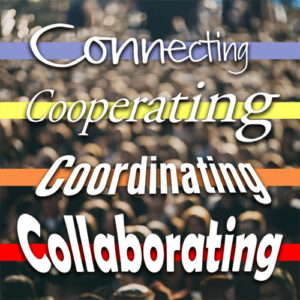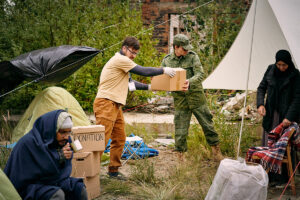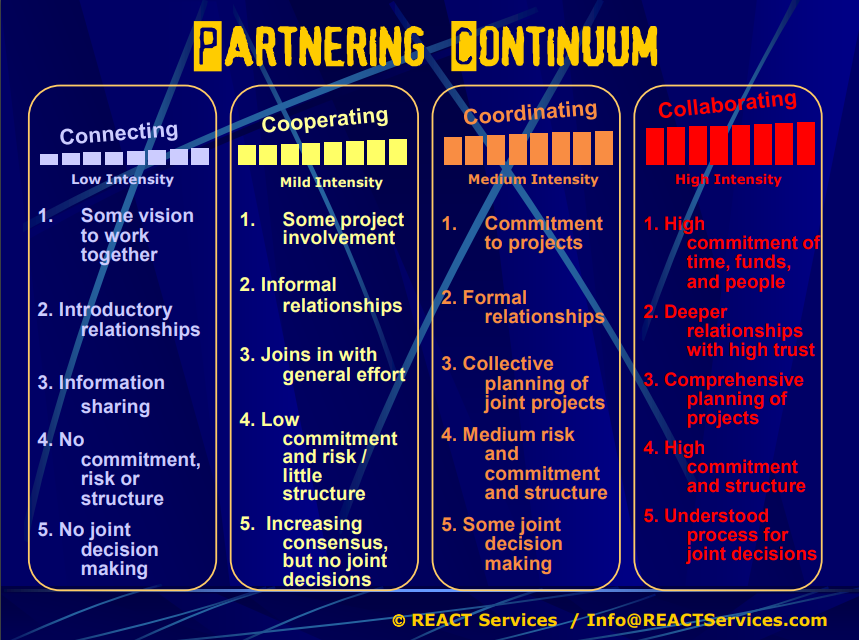 IDRN’s desire to foster “new and better collaboration” involves far more than meets the eye.
IDRN’s desire to foster “new and better collaboration” involves far more than meets the eye.
Growing up in west Texas, you could drive for miles without seeing another car. When you did, it was customary to wave—a simple act of politeness. A friend from the former USSR found this inconceivable, leading to some laughs. However, this act is fundamental to my worldview, rooted in my childhood: acknowledging another person and communicating, “I see you.”
This, too, is a core focus of the new IDRN: increasing awareness. As our introduction materials state, lack of awareness is the first barrier to healthy collaboration. Yet, there’s much more to the journey from awareness to collaboration. Understanding this spectrum will significantly improve everyone’s experience.
Aligned expectations are crucial for positive relationships, from casual acquaintances to intimate partnerships. Even individuals headed in the same positive direction, with mutual goals and approaches, can end up at odds. This happens when people aren’t on the same step, despite thinking they are. A classic example is a romantic relationship: one person talks about kids while the other hasn’t committed to even the most basic relationship. If alignment doesn’t come soon, the relationship suffers. In this case, visualize these two people (or groups) climbing stairs: it’s not critical to be in lockstep, but if they aren’t generally on the same step, suspicions and frustrations arise.
This is relevant for IDRN because our goal is to maximize every member’s effectiveness in disaster preparedness, mitigation, and response. Much of that benefit comes from “new and better collaboration,” yet true collaboration is the pinnacle of positive, mutually beneficial relationships—not easily achieved.

IDRN doesn’t expect everyone to collaborate with everyone else. Some relationships may remain at the “tip your hat” level, while others may evolve into the organizational equivalent of marriage.
To navigate staying on the same step with others you engage through IDRN, we must be aware of this spectrum – i.e. “the steps.” Many of these terms are used interchangeably by people, but there are differences that matter. These differences come down to expectations, and unmet expectations breed counter-productive friction. The trick is, many don’t realize they have expectations until they’re already frustrated.
There is so much more regarding this, and I have a personal friend who does entire seminars on this topic. He also happens to be a long-time friend of IDRN. I borrowed one of his charts and shared it here. You may or may not use these terms as they’re presented here, but you get the idea. And regardless of where IDRN relationships develop among our membership, realizing it’s worth checking to see if you’re on the same step with others is a good investment.

Credit: Brian O’Connell & REACTServices.com
